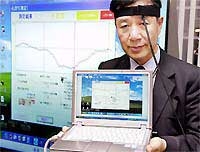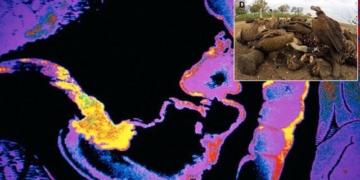 |
|
The computer screen indicates that air quality has improved |
Liu Wen-shan, the director of the Environmental Control Center in Wuhan, takes great pride in his modern system. In the concrete bunkers atop the building, a computer screen continuously displays numbers and colors as the air quality monitoring system draws data in from behind.
He states that this is one of the most advanced systems in China. The quality of water and air in Wuhan has significantly improved since the central and local governments invested millions of USD into a city cleaning campaign aptly named “Blue Sky and Clean Water.” This serves as evidence that the Chinese government has elevated its awareness of environmental issues arising from rapid economic growth and is serious about addressing these problems.
 |
|
The computer screen indicates that air quality has improved |
Wuhan has experienced rapid development in recent years; now, the streets are filled mainly with cars, taxis, and buses, with very few bicycles in sight. The Wuhan government has intensified greening efforts in many areas of the city center, improved road quality, reduced emissions from fuel combustion in factories, and plans to phase out outdated trucks that contribute to street pollution.
The city is also gradually transitioning from traditional state-owned industries (like steel production) to foreign joint ventures (such as automobile manufacturing). Wuhan is investing in greener, newer technologies. The city’s long-term goal is to produce and use electric vehicles and buses.
Currently, the city is producing “hybrid” buses that use a combination of electric power and diesel fuel, resulting in one-third less pollution compared to conventional diesel vehicles. Five hybrid buses are currently in operation in Wuhan, with plans to increase the number next year.
T.TRÚC












































![The Tree Grows Upside Down 47 cay[1]](https://scimyst.com/wp-content/uploads/2025/01/cay[1]-75x75.jpg)







